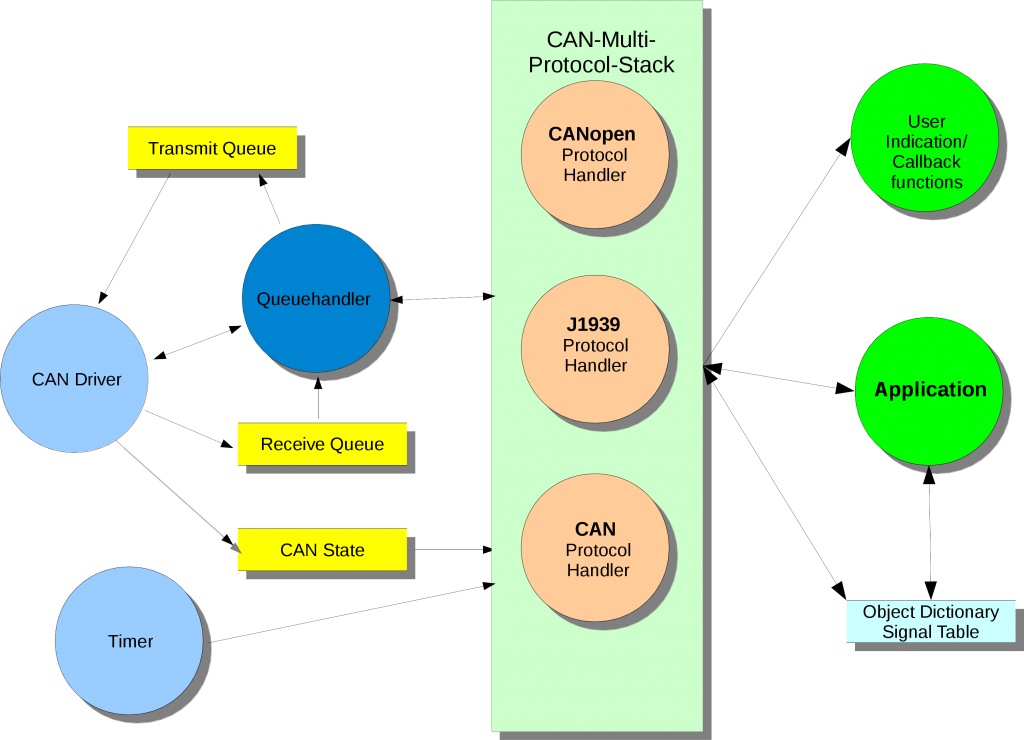in the implementation of standardised public charging station infrastructure.
There are two essential elements for universal charging stations for electric bikes and electric scooters. First is a standardised connector appropriate for charging stations, and the second is a standardised communication protocol between charging station and vehicle. This is necessary to ensure that a single charging station can always provide the correct supply for a variety of vehicles in respect to, for example, charging voltage and current.
The EnergyBus CiA 454 communications protocol, developed with emotas embedded communication GmbH as the project leaders, is the basis for international standardisation, which should be decided upon as early as 2015 as an IEC-ISO Pre-Standard. This IEC/ISO/TC69/JPT61851-3 standard makes possible a unified charging interface for all types of light electric vehicles, from pedelecs through to electric motorbikes.
The era of industrialisation of the EnergyBus standard can beginn
Hannes Neupert from EnergyBus e.V. adds: “The idea for a unified standard came about as part of work being carried out for the electric bike fleet of Deutsche Post AG in the early 2000s. In 2004 the idea of EnergyBus was introduced for the first time at the LEV Conference in Taipei, and in 2009 the first connector for it was presented. Now, with the significantly extended Version 1.0 of this communications protocol the era of industrialisation of the EnergyBus standard can begin. Several of the over 60 member companies in the EnergyBus e.V. association already have EnergyBus compatible products in their range – and many more are under development.”
The CiA 454 protocol does nott just define communications between charger and battery. In fact, it is also applicable for communications within the bike itself. So bike components, starting with the drive and going on through sensors and power management system to the user display can all communicate with each other, and exchange relevant data. Furthermore, the protocol also enables software-activated immobilisation of bikes via a Charge & Lock Cable, in a manner analogous to a car immobiliser. This provides efficient protection – in contrast to the locks currently widely used, which are often very heavy.



